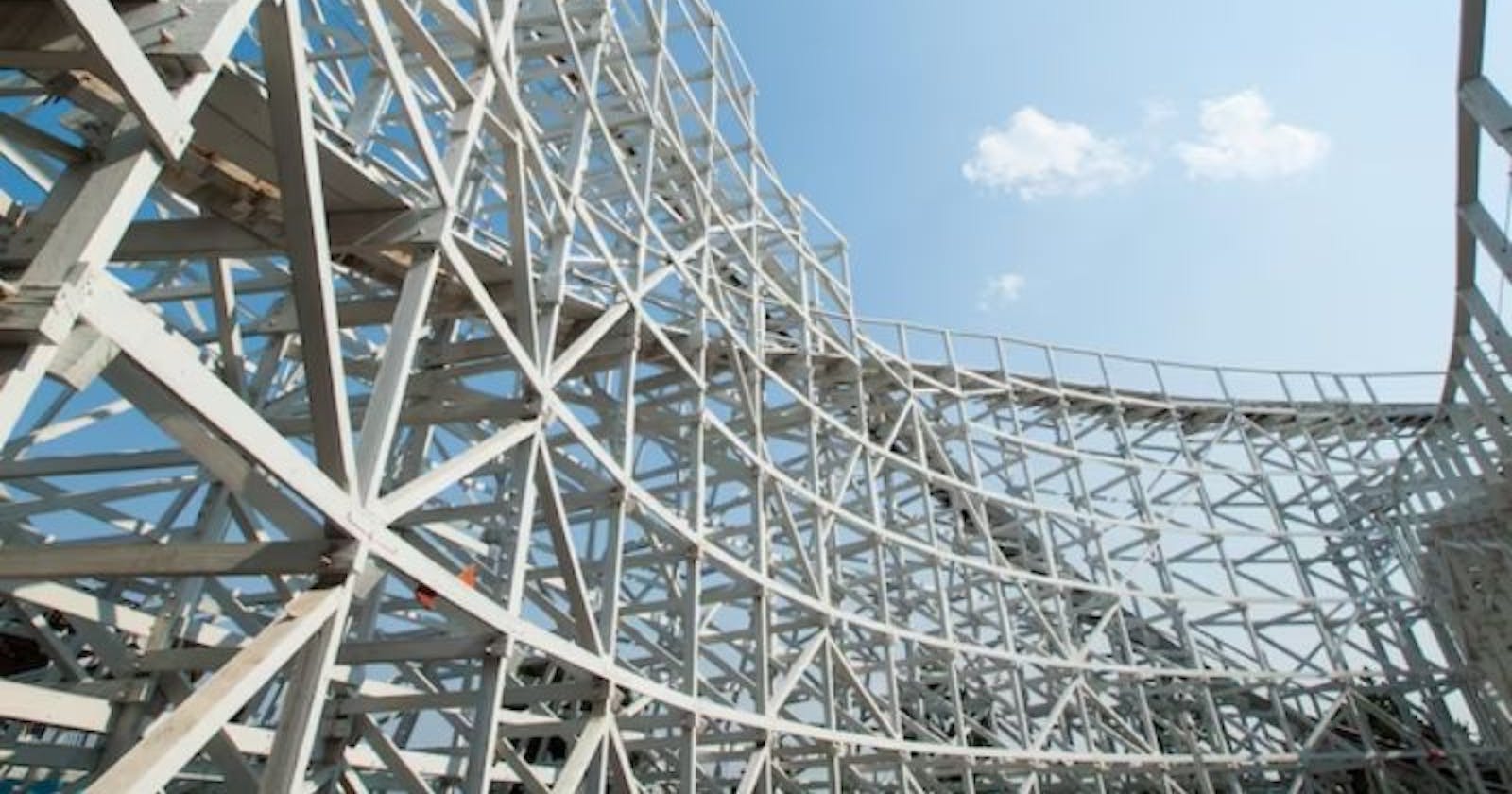Choosing the Right Fire Protection Methods for Steel Structures
The importance of fire safety for steel structures transcends mere compliance with construction codes; it is a fundamental issue of ensuring safety, minimizing property harm, and retaining the integrity of buildings in the face of fire dangers. Steel, at the same time celebrated for its electricity and resilience, is at risk of the weakening results of high temperatures, which could compromise its structural integrity for the duration of fire safety. This vulnerability underscores the need to adopt powerful fire safety safety strategies tailor-made to the unique desires and characteristics of every shape. The preference for fire safety strategy is inspired by a myriad of factors, consisting of the type of shape, applicable regulations, and the potential fireplace risks associated with the building's use and occupancy. As such, the selection and implementation of appropriate fire safety protection measures are vital steps in the design and creation process, aimed at safeguarding lives and assets whilst ensuring the longevity of the steel shape. This complete Steel Structure Fire Protection Guide approach to fire safety protection is crucial in navigating the complexities of cutting-edge construction and achieving harmonious stability between architectural ambition and the imperative of fire safety protection.
Factors Influencing the Choice of Fire Protection Methods
Choosing an appropriate fire protection approach for a steel construction building a multifaceted analysis of numerous key elements. Firstly, the type of shape—be it business, business, or residential—performs a pivotal function in figuring out the extent of fire safety required. Commercial homes, for example, might also have exceptional safety and regulatory requirements compared to industrial facilities, which frequently use hazardous materials and call for extra stringent fireplace safety measures.
Moreover, adherence to constructing codes and rules is paramount. These codes range by place and are designed to ensure the protection and integrity of structures by specifying minimal health safety standards. Consequently, information and complying with these policies is important for any construction challenge.
Another important attention is the heart hazard evaluation. This entails evaluating the capacity of fire hazards inside a shape and the likelihood of a fireplace outbreak. Such exams assist in identifying the handiest fireplace safety strategies that cater to the unique safety necessities of the construction.
Cost concerns and renovation requirements also play a full-size position in the decision-making system. While the number one intention is to maximize protection, the economic factors of heart protection strategies can't be overlooked. It is vital to balance the preliminary set-up costs with lengthy-term protection and operational fees to make certain a price-powerful and sustainable fire protection answer.
Fire Protection Methods for Steel Structures
When it comes to protective Steelwork in Singapore, there are large classes of fireplace protection techniques: passive and energetic. Each category encompasses more than a few solutions tailored to satisfy exclusive protection, budgetary, and structural requirements.
Passive Fire Protection: Passive heart protection (PFP) strategies are designed to comprise fires or sluggish their spread without the need for human intervention or mechanical help. One of the most commonplace PFP methods is the utility of fireplace-resistant coatings. These include intumescent paints, which amplify when uncovered to excessive temperatures, forming an insulating barrier that protects the steel from the warmth. Cementitious coatings, crafted from cement-based total compounds, provide a similar degree of safety by creating a fire-resistant layer over the steel.
Active Fire Protection: In comparison to passive strategies, lively fireplace protection (AFP) structures require some form of activation, both manually or routinely, to combat fire safety. Sprinkler structures are a number of the best AFP answers. They discover the heat from a fire safety and release water to extinguish it or prevent its spread. This approach is particularly beneficial in minimizing damage and allowing occupants extra time to evacuate the premises adequately.
Advantages and Limitations of Each Method
Passive Fire Protection: A Closer Look
Passive fire safety safety (PFP) techniques, which include fire safety-resistant coatings and fireproofing cladding, offer sizeable advantages. They offer a consistent degree of safety without the want for activation or human intervention, making them notably reliable in the occasion of a fire. Intumescent paints, for instance, are not only powerful in insulating steel structures from warmness but are additionally aesthetically versatile, allowing them to blend seamlessly with the construction's design. However, the restrictions of PFP techniques consist of the capability needed for reapplication over time, especially in environments uncovered to harsh conditions, and the initial cost, which can be better than some lively protection techniques.
Active Fire Protection: Weighing the Benefits
Active fire protection (AFP) structures, along with sprinkler structures and fire detection alarms, convey a dynamic layer of safety toSteel work singapore structures. Their capability to detect and respond to fires robotically greatly enhances the chances of extinguishing fires early or mitigating their effect. Sprinkler structures, mainly, have a demonstrated track record of saving lives and decreasing asset harm. Nonetheless, AFP structures require regular renovation and checking out to ensure their functionality, which could incur ongoing charges. Additionally, they depend upon the building's infrastructure, consisting of water supply and electrical structures, which may be compromised in the course of fire safety.
Maintenance and Inspection of Fire Protection structures
The effectiveness of fire safety structures in Steel work singapore structures is not entirely dependent on their initial setup. Regular maintenance and inspection are paramount to make certain those structures are characteristic correctly while needed maximum. This ongoing commitment to safety can pick out capacity problems before they compromise the device's effectiveness, making sure that the building stays covered against fireplace threats over the years.
Maintenance schedules should be mounted primarily based on the manufacturer's recommendations and regulatory necessities, overlaying the entirety from visual inspections of passive protection measures to purposeful tests of lively structures. For example, sprinkler structures require periodic testing to confirm that they're in operating order, and at the same time, fire-resistant coatings can also require inspections to evaluate their circumstance and integrity.
Compliance with protection requirements is another critical component of maintaining fire safety protection structures. Regular inspections by licensed professionals can make sure that fire protection measures meet the desired codes and policies, offering peace of thoughts to constructing owners and occupants alike.
Conclusion
In the end, choosing the proper fire protection techniques for steel structures is a multifaceted decision that requires cautious attention to various factors, consisting of the type of shape, regulatory necessities, and cost concerns. By knowing the blessings and obstacles of both passive and lively fire safety methods, stakeholders could make informed decisions that beautify the safety and resilience of Steel work singapore structures against fire safety. Integrating those considerations into the design method and committing to ordinary preservation and inspection are key steps in ensuring the long-term effectiveness of fireplace protection techniques.

